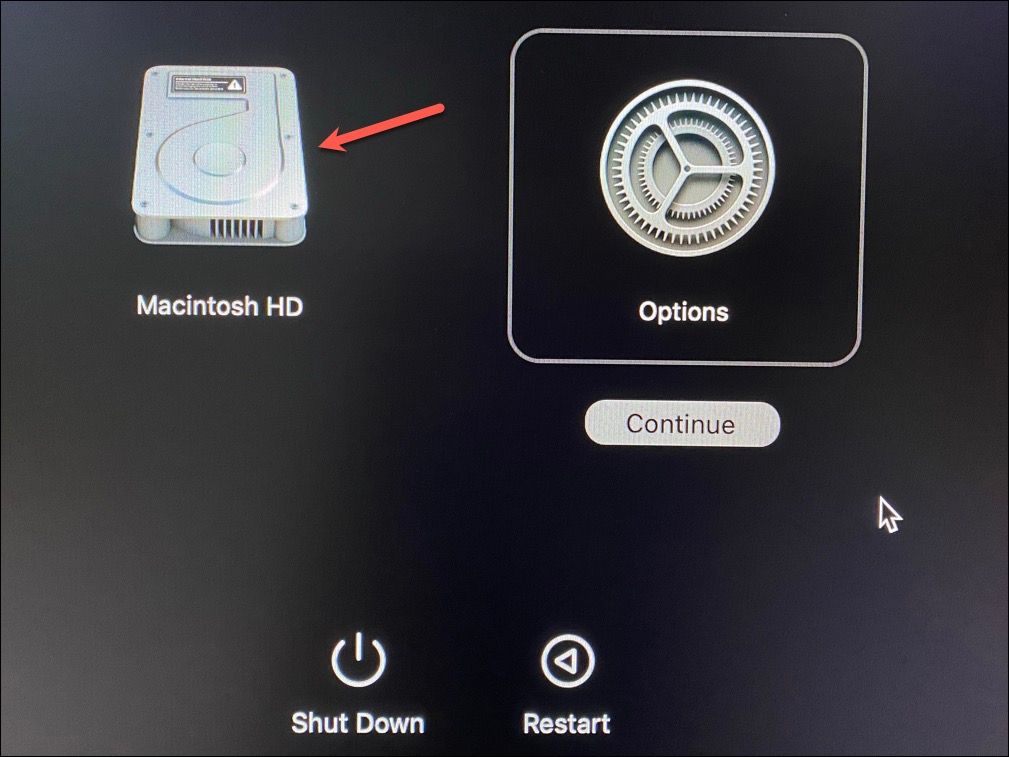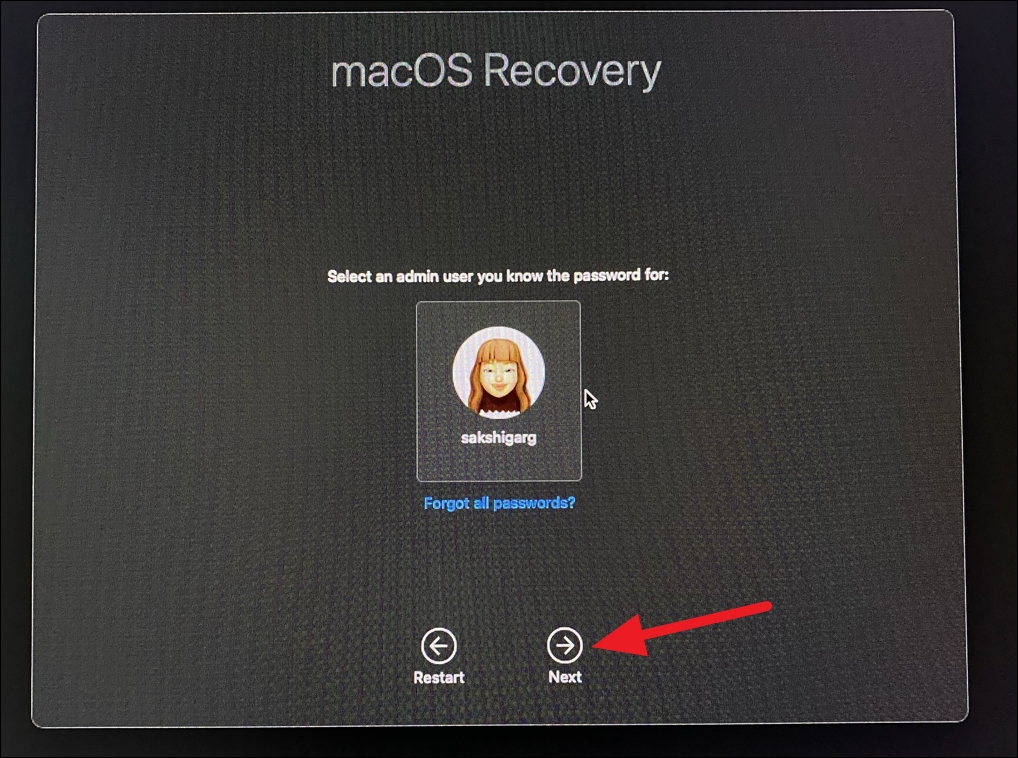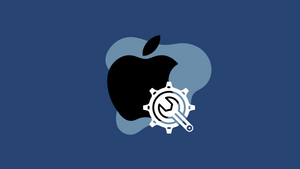When attempting to update macOS, an error message like "Unable to Verify MacOS Update" or "macOS (version) could not be verified" might halt the process. This issue can stem from various sources, but fortunately, there are effective solutions to resolve it and get your Mac back on track.
1. Delete and Redownload the macOS Installer
Corrupted installer files can prevent macOS from verifying the update. Removing the existing installer and downloading a fresh copy often resolves the issue.
Step 1: Open the 'Applications' folder on your Mac. Locate the installer file, which might be named something like "Install macOS Ventura.app" depending on the version you're updating to.

Step 2: Drag the installer to the Trash, then empty the Trash to completely remove it from your system.
Step 3: Go to 'Settings' (or 'System Preferences' on older macOS versions). Navigate to 'General' in the sidebar and select 'Software Update' to download the update again.

If the update isn't available there, open the App Store and search for the macOS version you wish to install (e.g., macOS Ventura). Download the installer directly from the App Store.

With a fresh installer, the verification process should proceed without any hitches.
2. Restart Your Mac
Often, a simple reboot can clear temporary glitches that prevent the macOS update from verifying.
Step 1: Click the Apple icon in the top-left corner of your screen.
Step 2: Select 'Restart' from the dropdown menu.

Once your Mac restarts, attempt to install the update again.
3. Check Your Internet Connection
An unstable or disconnected internet connection can interfere with the update verification process.
Step 1: Ensure that your Mac is connected to the internet. Check the Wi-Fi icon in the menu bar to confirm connectivity.
Step 2: If you're connected but suspect issues, try restarting your router or connecting to a different network.
Even if you're installing the update from a downloaded installer, macOS may need to access the internet to verify certain components.
4. Toggle Date and Time Settings
Incorrect date and time settings can cause verification errors during the update process.
Step 1: Open 'Settings' on your Mac and select 'General' from the sidebar.

Step 2: Click on 'Date & Time' in the right pane.

Step 3: Toggle off 'Set time and date automatically' and wait a few seconds.
Step 4: Toggle it back on to refresh the settings.

Step 5: Restart your Mac and try installing the update again.
This method can resolve discrepancies that might be causing the verification error.
5. Install in Safe Mode
Booting your Mac in Safe Mode can prevent third-party software from interfering with the update process.
For Macs with Apple Silicon:
Step 1: Shut down your Mac completely.
Step 2: Press and hold the Power button until the 'Startup Options' screen appears.
Step 3: Select your startup disk (usually 'Macintosh HD').

Step 4: Hold down the Shift key and click 'Continue in Safe Mode'.
Step 5: Log in to your account. You may need to enter your password twice.
For Macs with Intel Processors:
Step 1: Restart your Mac.
Step 2: Immediately press and hold the Shift key until the login window appears.
Step 3: Log in to your account. You might be prompted to log in twice.
Step 4: 'Safe Boot' should appear in the menu bar on the login screen.
Once in Safe Mode, attempt to install the macOS update again.
6. Repair Disk Using Disk Utility
Disk issues can prevent updates from verifying. Using Disk Utility to repair your disk might resolve the problem.
Note: It's advisable to back up your data before proceeding.
Step 1: Open the 'Applications' folder and go to the 'Utilities' folder.

Step 2: Launch 'Disk Utility'.

Step 3: Click 'View' and select 'Show All Devices' to display all connected disks and volumes.

Step 4: Starting with the last volume on your startup disk, select it and click 'First Aid' in the toolbar.

Step 5: Click 'Run' to begin the repair process. Repeat this for each volume, then the containers, and finally the startup disk itself.
Step 6: Once complete, exit Disk Utility and try installing the update again.
7. Install Update from macOS Recovery
Using macOS Recovery allows you to install the latest macOS version without booting into the standard operating system.
For Macs with Apple Silicon:
Step 1: Shut down your Mac.
Step 2: Press and hold the Power button until the 'Startup Options' screen appears.
Step 3: Select 'Options' and click 'Continue' to enter Recovery Mode.

Step 4: Choose a user account and enter the password if prompted.

Step 5: Select 'Reinstall macOS' and follow the on-screen instructions.

For Macs with Intel Processors:
Step 1: Restart your Mac.
Step 2: Immediately press and hold Command + R keys until the Apple logo appears.
Step 3: Enter your password if prompted.
Step 4: From the Recovery Mode menu, select 'Reinstall macOS' and follow the instructions.

8. Erase Mac and Reinstall macOS
If all else fails, erasing your Mac and reinstalling macOS can resolve persistent issues. This process will delete all data, so ensure you have a backup.
Step 1: Open 'Settings' and select 'General' from the sidebar.
Step 2: Click on 'Transfer or Reset' on the right.

Step 3: Choose 'Erase All Content and Settings'.

Step 4: Enter your admin password and click 'Unlock'.

Step 5: Follow the prompts to back up your data if you haven't already, or proceed to erase the Mac.

Step 6: Confirm the action and wait for the process to complete. Your Mac will restart to the Setup Assistant.

Step 7: During the restart, enter Recovery Mode and reinstall macOS following the steps outlined previously.
9. Check Apple System Status
At times, the issue might be on Apple's end due to system maintenance or outages.
Step 1: Visit Apple's System Status page.
Step 2: Ensure that the dot next to 'macOS Software Update' is green, indicating the service is available.

If the service is down, you'll need to wait until Apple resolves the issue before attempting the update again.
By following these steps, you should be able to overcome the verification error and successfully update your Mac.










Member discussion